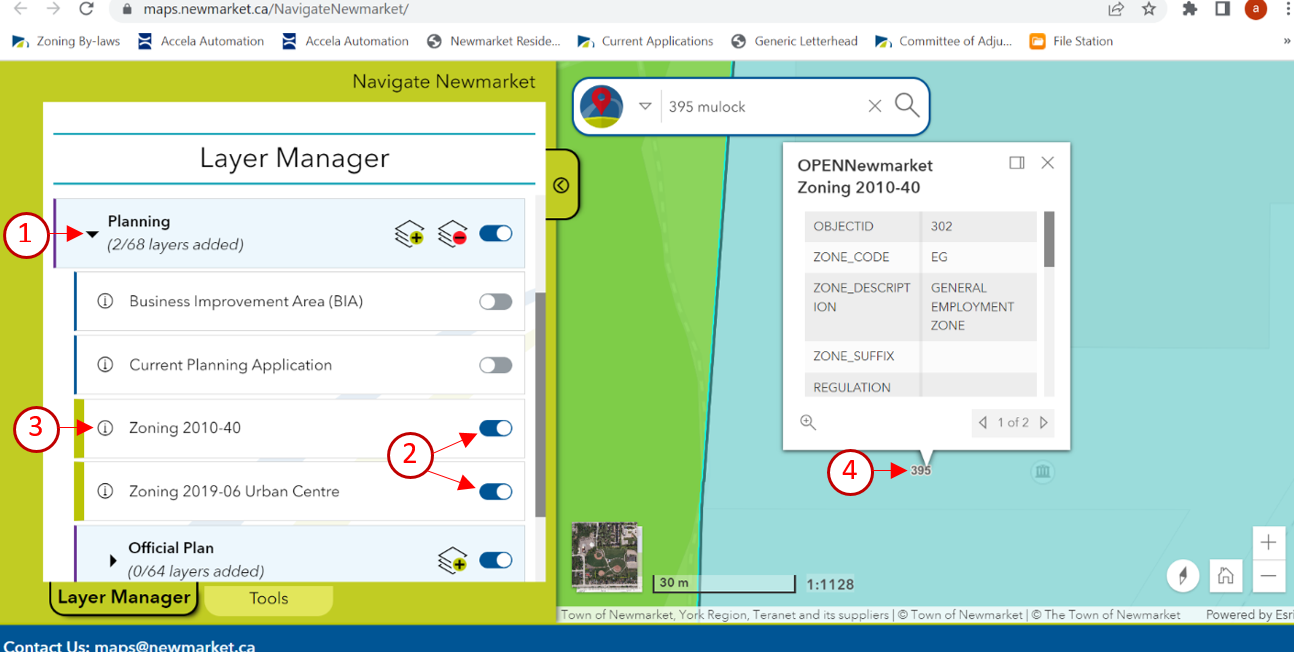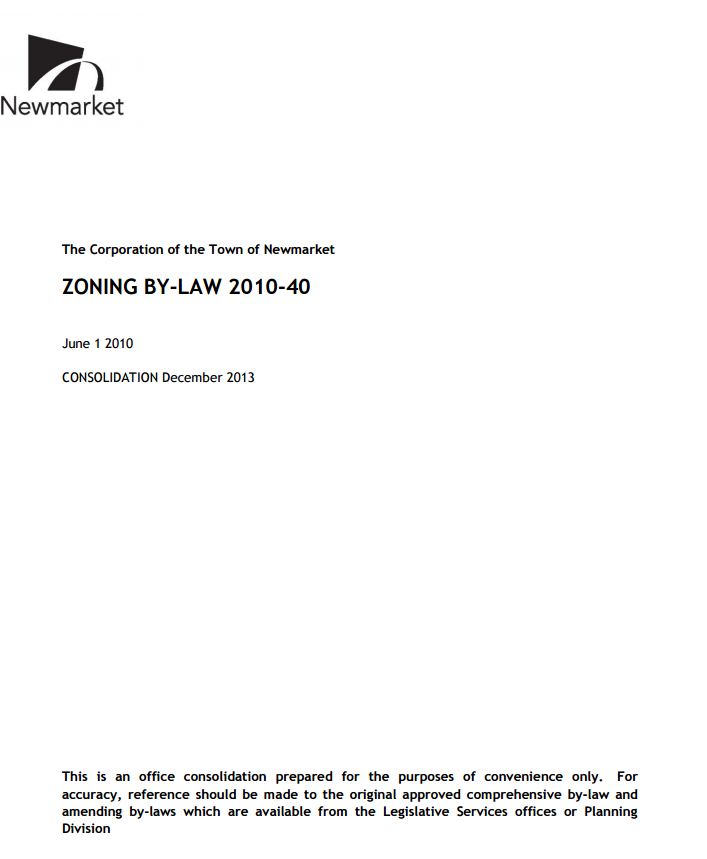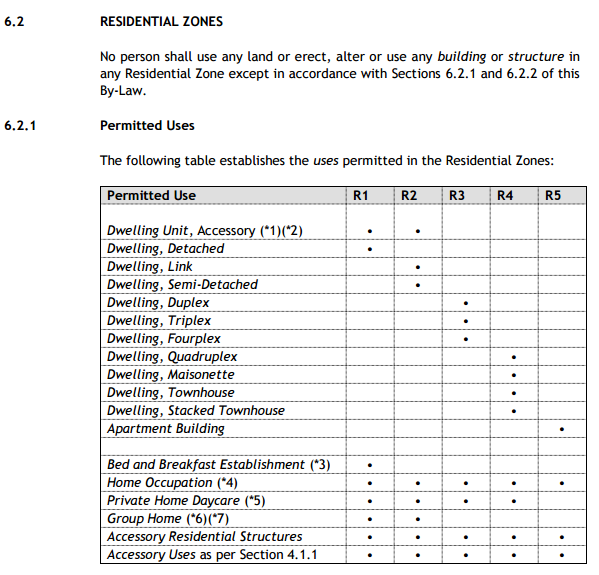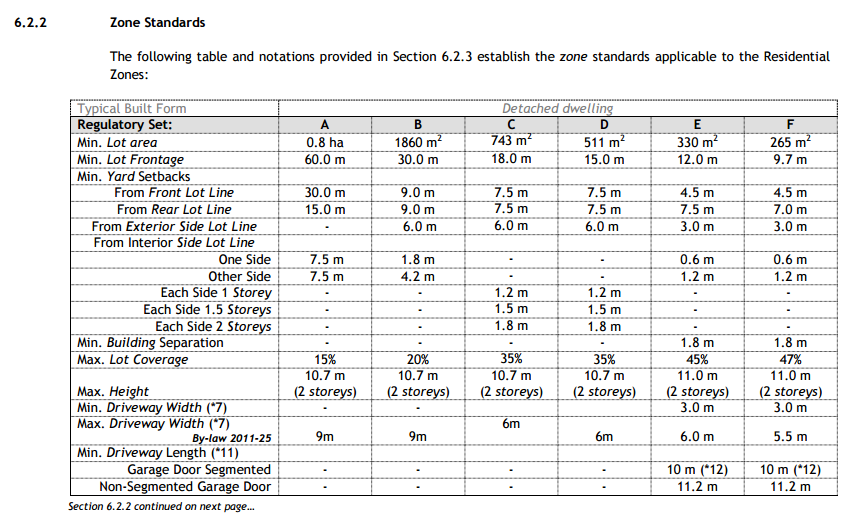Please read and follow the 3 steps below in order to identify your zoning.
- Locate the property on the Navigate Newmarket interactive map
- Identify your zoning
- Consult the Zoning By-law
Step 1 - Locate the property on the Navigate Newmarket interactive map.

- Open the Navigate Newmarket interactive map. (Keep this page to read the steps below. For best performance, use Chrome).
- Select the 'Navigate Newmarket' map.
- Type in the address on the top search bar and click enter to locate the subject property.
Step 2 - Identify your zoning.
- Within the Layer Manager menu, expand the Planning group by clicking on the black drop down arrow.
- Select/toggle on "Zoning By-law 2010-40" and "Zoning By-law 2019-06" to turn on zoning layers.
- Click on the i icon to view layer description and symbology.
- On the map, click on the property and a pop-up box will appear containing the Zone Code and more information on the property.

- Zoning By-law 2010-40
- Zoning By-law 2019-06
- Properties found along Yonge Street and Davis Drive corridor
- Example: MU-1 (Mixed Use 1 Zone), or SS(2) (Site Specific Zone), or OS-1 (Open Space Zone).
- These identify land uses found in the Zoning By-law 2019-06.
Step 3 - Consult the Zoning By-law.


- Consult Section 6 of the by-law.
- Depending on your zoning (e.g. R1, MU, CS, EM, etc) consult the relevant Zone Category to determine what uses are permitted on the property.
- For example, if you are considering leasing a building in an employment area (EM, EG, and EH zoning) such as is common east of Leslie Street, you would consult the Employment Zones table in section 6.5 and verify if your planned use is permitted.
- If the property has an exception number such as R1-D-119 rather than simply R1-D, consult the exceptions in Section 8 to find your unique requirements.
- If you are uncertain of your use, check the definitions at the start of the zoning by-law. For example, the definitions will explain the difference between a manufacturing use and a warehouse use and help you determine which zones permit each one.

- Also consult the Zone Standards to determine the requirements for the property related to elements like distance setbacks from the property line, maximum building height, and maximum driveway width. These are indicated by the suffix to your zoning code (e.g. R1-D).
- If the property has an number following your zoning (such as R1-D-119 or CO-1-4) rather than simply R1-D, consult the exceptions in Section 8 to find how your zoning deviates from the standard requirements for your parent (R1-D, for example) zone.
Related pages:
Step 4 - Contact the Planning Services department with any questions.
The Zoning By-law is a complex document that must be interpreted in its entirety. In addition to your zoning, there are other requirements that must be met for many changes. These include required permits, provisions that are applicable to all zones, parking requirements, approvals from other agencies, and other matters. Before undertaking any works, and if you have questions regarding your zoning, contact the Planning Services department.